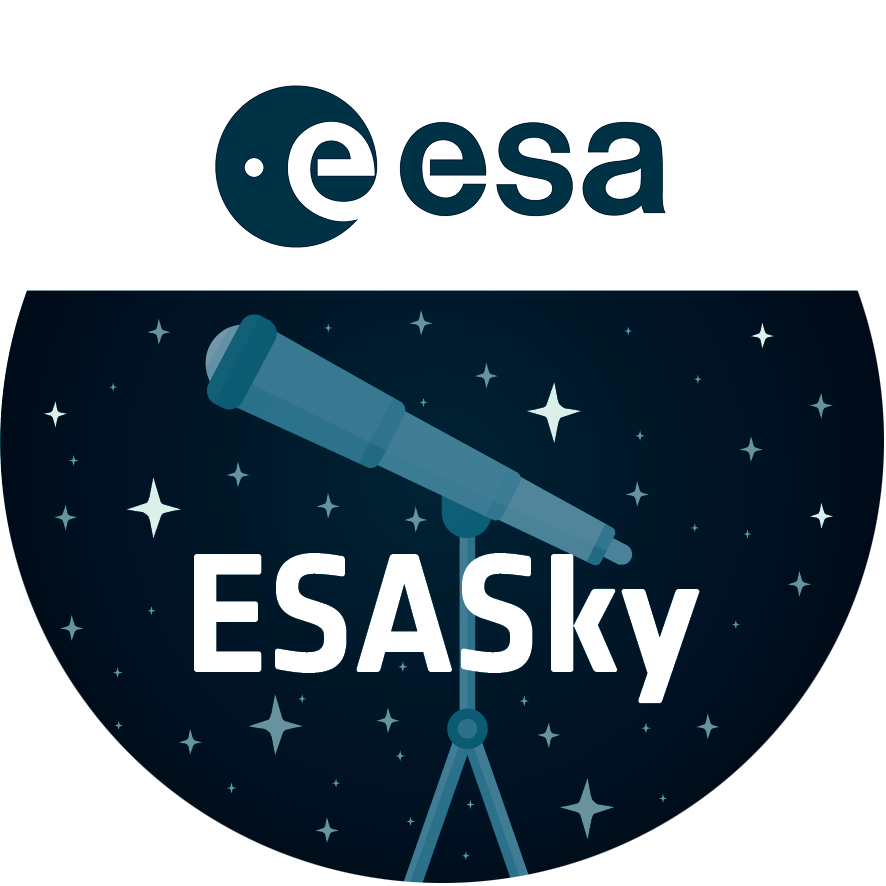A bizarre cosmic rarity: NGC 660
This new Hubble image shows a peculiar galaxy known as NGC 660, located around 45 million light-years away from us.
NGC 660 is classified as a "polar ring galaxy", meaning that it has a belt of gas and stars around its centre that it ripped from a near neighbour during a clash about one billion years ago. The first polar ring galaxy was observed in 1978 and only around a dozen more have been discovered since then, making them something of a cosmic rarity.
Unfortunately, NGC 660’s polar ring cannot be seen in this image, but has plenty of other features that make it of interest to astronomers – its central bulge is strangely off-kilter and, perhaps more intriguingly, it is thought to harbour exceptionally large amounts of dark matter. In addition, in late 2012 astronomers observed a massive outburst emanating from NGC 660 that was around ten times as bright as a supernova explosion. This burst was thought to be caused by a massive jet shooting out of the supermassive black hole at the centre of the galaxy.
A version of this image was entered into the Hubble's Hidden Treasures image processing competition by contestant Brian Campbell.
Credit:ESA/Hubble & NASA
About the Image
| Id: | potw1348a |
|---|---|
| Type: | Observation |
| Release date: | 2 December 2013, 10:00 |
| Size: | 1971 x 1640 px |
About the Object
| Name: | NGC 660 |
|---|---|
| Type: | Local Universe : Galaxy : Type : Ring |
| Distance: | 45 million light years |
| Constellation: | Pisces |
| Category: | Galaxies |
Coordinates
| Position (RA): | 1 43 2.19 |
|---|---|
| Position (Dec): | 13° 38' 45.57" |
| Field of view: | 1.63 x 1.36 arcminutes |
| Orientation: | North is 17.5° left of vertical |
Colours & filters
| Band | Wavelength | Telescope |
|---|---|---|
| Optical B | 450 nm |
Hubble Space Telescope
WFPC2 |
| Infrared I | 814 nm |
Hubble Space Telescope
ACS |
| Optical R | 658 nm |
Hubble Space Telescope
ACS |


